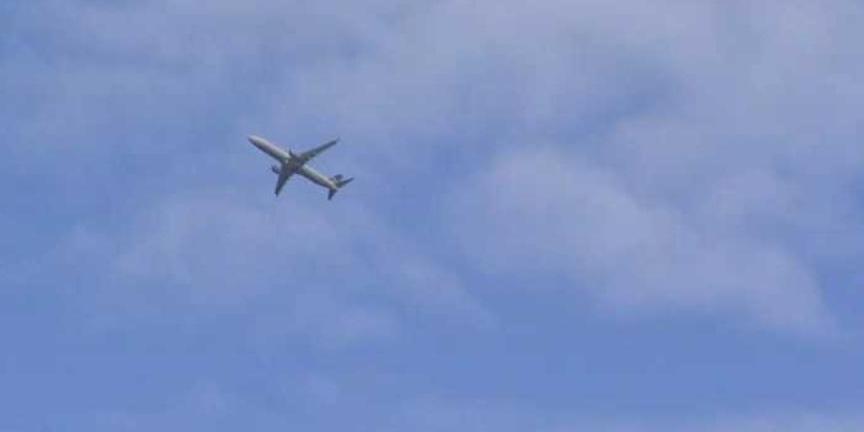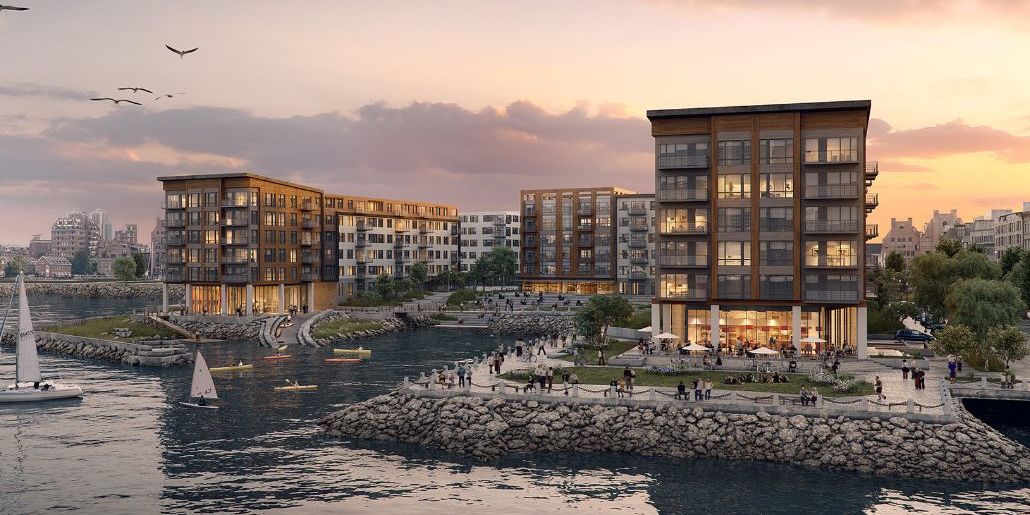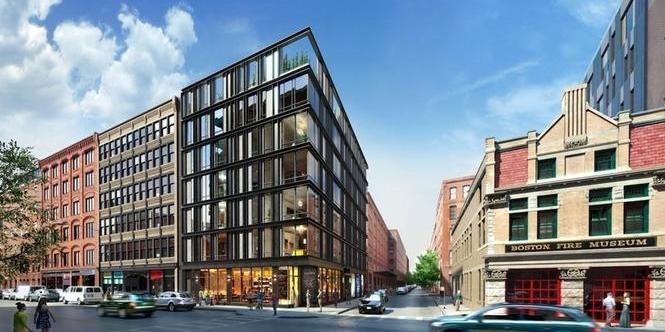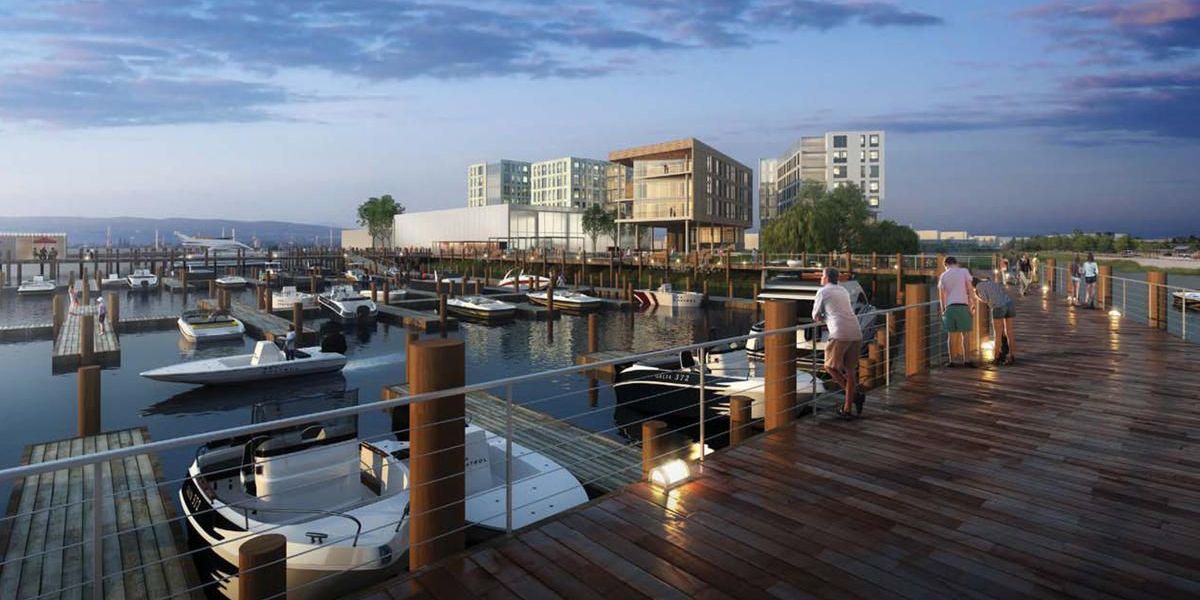Display layers
Airplane noise
Flood zones
Zoning districts

Logan Airport expansion required soundproofing many houses and schools nearby. Located in East Boston, Logan is the primary airport for Greater Boston. Because it accommodates flights 24 hours a day, there is persistent noise over some towns and neighborhoods. Since 1983, Massport's Noise Abatement Office began soundproofing efforts to reduce the airport's noise impact on surrounding areas. Over that time, Massport has spent over $170 million soundproofing over 11,000 residences and 36 schools. However, a new GPS-enabled navigation has changed the approach paths to Logan Airport, allowing planes to land lower and faster, and concentrating take-offs and landings over a narrower area. This has affected some neighborhoods more than others.
FAA noise contour maps don't reflect all neighborhoods affected by airplane noise.The FAA issued an official noise contour map for 2015, which is used to determine eligibility for MassPort's sound abatement program for homeowners and schools. However, the airport noise complaints by neighborhood suggest that many areas are affected that are not showing up on the FAA map.
• 70-75 dB: Orient Heights in East Boston.
• 60 dB: Within this category are Fort Point, Seaport and several sections of South Boston, including Castle Island, City Point, and D Street/Broadway. The edge of Neponset/Port Norfolk and Harbor Point in Dorchester. Sections of Jeffries Point, Lower Eagle Hill, Eagle Hill, Orient Heights, and Lower Orient Heights in East Boston. Lastly, Marina Bay in Quincy, and parts of the cities of Chelsea, Everett, Revere, and Winthrop
However, the FAA chart above does not align with the neighborhoods and towns that are making complaints to the city about the airline noise. The chart below shows the area, along with the number of calls:
The town of Milton is one of the communities most affected by noise issues, according to the Boston Globe. The number of noise complaints for each community gives a sense of the magnitude of the issue: Milton (2,325 calls), Cambridge (197), South Boston (183), Arlington (165), and Somerville (135). However, the data does not break down the individual neighborhoods affected within these towns. That said, in addition to South Boston several other Boston neighborhoods suffered from noise issues, including Roxbury (80), Jamaica Plain (76), Dorchester (69), South End (63), and Roslindale (63).
What is striking is that most of these neighborhoods and towns are not reflected on the FAA's official noise map as areas where there would be considerable airplane noise. In addition, the neighborhoods immediately surrounding the airport, that are within the FAA noise map, reflect considerably lower noise complaints: Chelsea (2), Everett (3), East Boston (10), and Revere (11).
These noise complaints coincide with the implementation of the Next/Gen system. In 2012, before it was implemented, there were fewer than 1,700 noise complaints in total, with only 81 from Milton.
The noise has a significant effect on quality of life. According to the Boston Globe, Cindy Christiansen, who heads the Milton committee that deals with Logan Airport noise issues, said some residents no longer walk their dogs because of the noise, others had abandoned plans to build outdoor decks, and some were taking medicine so that they could sleep through the noise. A number of residents had called her in tears, saying they had no choice but to sell their houses.
Resources. Some of the groups addressing the persistent noise issues are Boston Fair Skies Coalition, Boston West Fair Skies and Logan Aircraft-Noise Working Group. The town of Medford maintains a page for airport noise issues (with more here and here)






